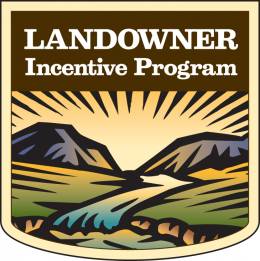Landowner Incentive Program
Tuesday, October 23rd, 2018This is Passport to Texas
With more than 95% of Texas’ land in private hands, it’s crucial that landowners participate in the protection, restoration and maintenance of our state.
Texas Parks and Wildlife wants to help with the Texas Landowner Incentive Program, or LIP.
LIP’s goal is to meet the needs of private, non-federal landowners that wish to enact good conservation practices on their lands, for the benefit of healthy terrestrial and aquatic ecosystems.
Landowners must apply for the program. The first step is to contact your local TPWD office and speak with a staff biologist. They will help with an ecological assessment of your land, review your goals, and provide you with information on the various incentive and assistance programs available.
LIP is a cost-share reimbursement program. Depending on the funding series, TPWD will contribute between 50% and 75% of a total project cost. The applicant is expected to contribute the balance; materials or in-kind services are acceptable match.
If together you and your biologist decide that the LIP program could help you meet your management and restoration goals, your biologist will help you to prepare and submit a project proposal packet. Find more information on the LIP program on the TPW website.
The Wildlife Restoration program supports our series, providing support for private lands initiatives.
For Texas Parks and Wildlife…I’m Cecilia Nasti





 Passport to Texas is a
Passport to Texas is a  Passport to Texas is made available by:
Passport to Texas is made available by: